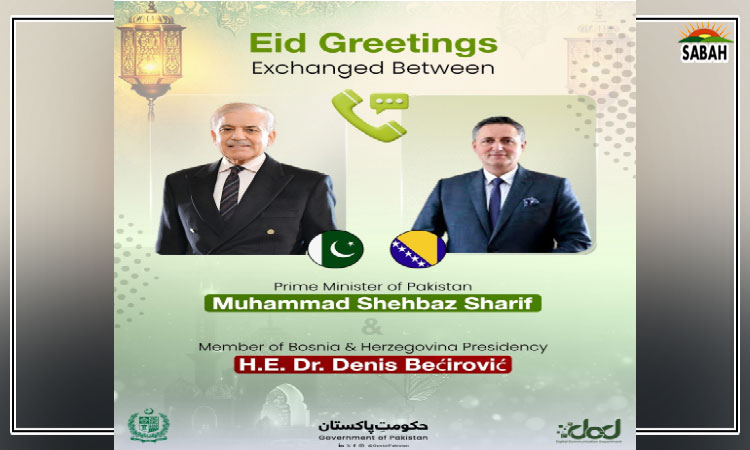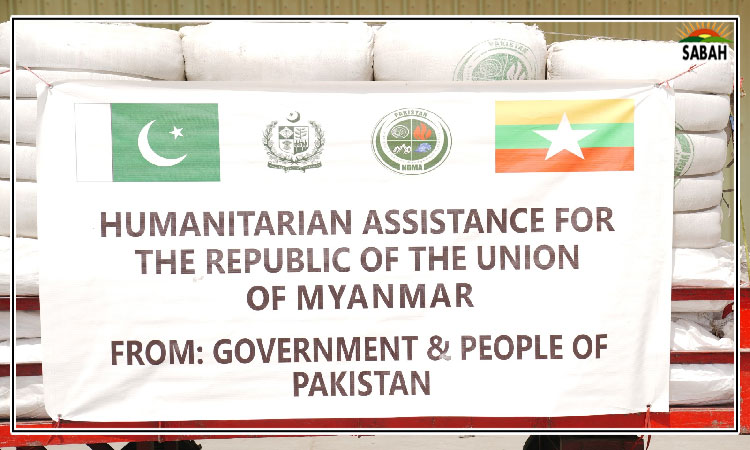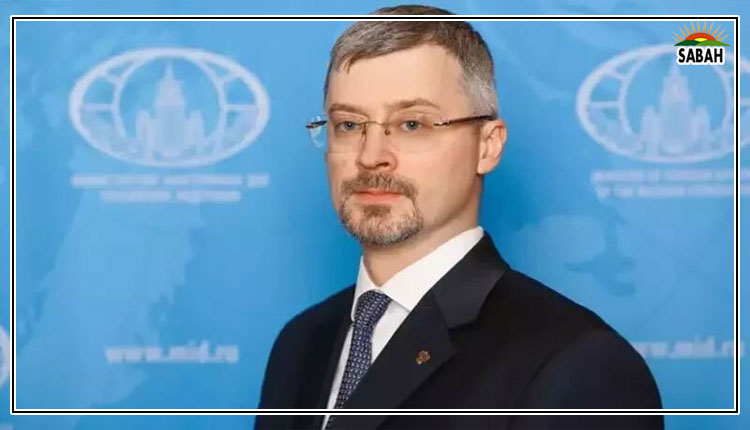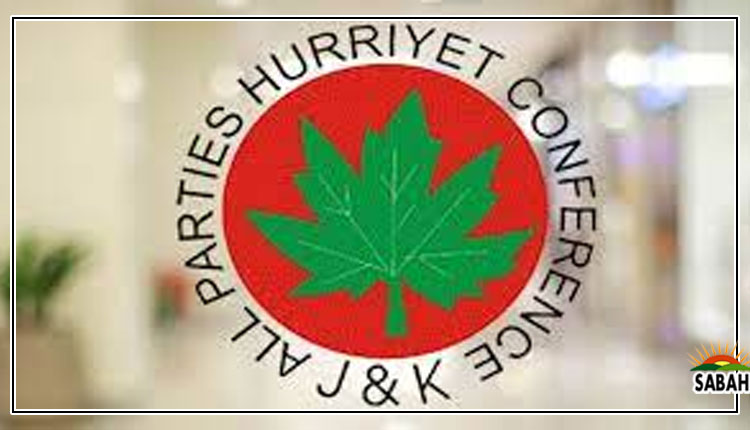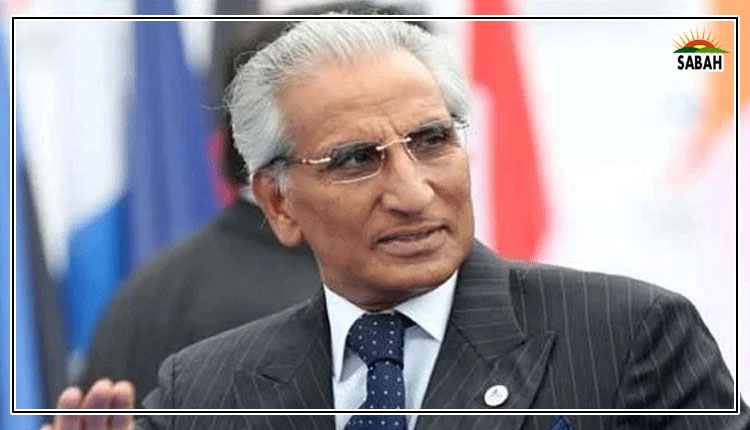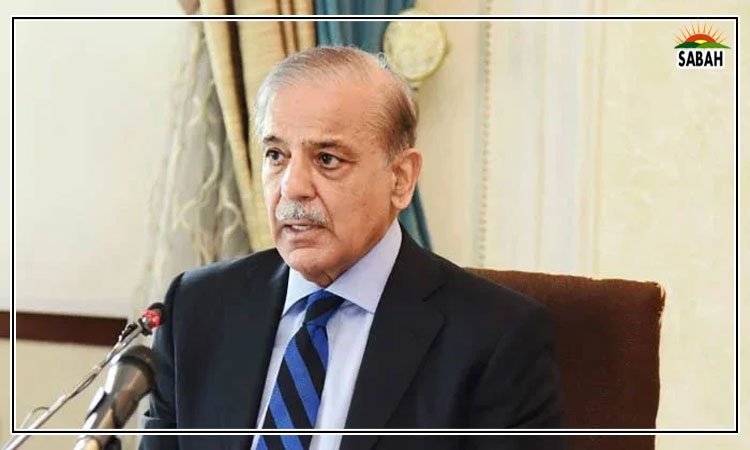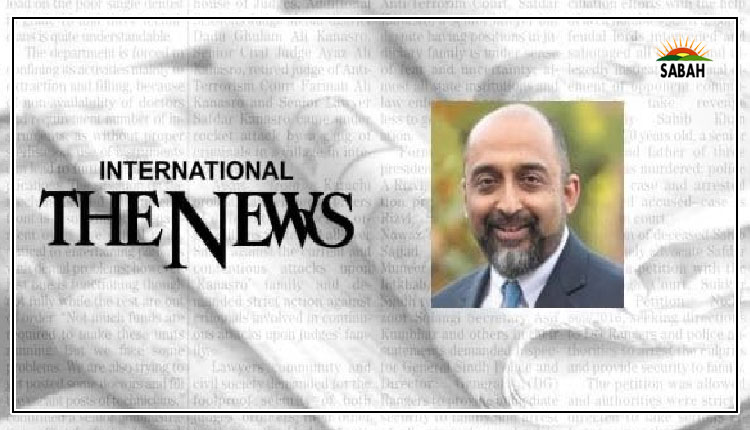The Viksit Bharat era of India ۔۔۔Mosharraf Zaidi
Pakistan-India ‘talks’ have been stalled for years, but this doesn’t mean that the two countries don’t talk. In 2016, during a security incident at the Pathankot Airbase in India in which seven Indian security personnel were killed, Pakistani and Indian officials were in touch with each other and spoke extensively.
In 2019, after India attacked Pakistani territory through warplanes that crossed airspace and launched missiles that landed in Balakot district, talks between officials in Pakistan and India helped avert an escalation beyond the first round of hostility. In 2022, when India launched a BrahMos missile into Pakistani territory that landed in Mian Chunnu, there was no communication from the Indian side for at least 48 hours – but conversations eventually took place, mostly ones in which the Indian side sheepishly claimed that the launch was accidental.
Indeed, even whilst insisting that India is not talking to Pakistan, Indian officials keep talking about Pakistan. Fuming at being forced to host Bilawal Bhutto Zardari at the SCO Summit in May 2023, Jaishankar kept insisting that India won’t talk to Pakistan. In March 2024, after Ishaq Dar clumsily stumbled into the topic of trade with India, Jaishankar derailed an interview he was giving seven thousand miles away in Singapore to reinforce India’s distaste for talks with Pakistan, imploring continued disengagement with Pakistan as he said, “We should not give the other country a free pass”.
Throughout the recent election in India, the Indian voter could count on BJP leaders making random (and often cheap) references to Pakistan. But I lay out all of this not to distract, but to focus the reader. Now that the election is over in India, it is important to take stock of where that country has landed after a decade of Modi’s Hindutva. The short answer is Narendra Modi has already transformed ‘Incredible India’ into a fascinating economic juggernaut. His next goal is to transform this juggernaut into ‘Viksit Bharat’. What will this transformation mean for Pakistan?
The most fervent appeal of my India friends (both friends from India, and friends from other countries, including Pakistan, that are fully bought into India, whatever permutation of Bharat may be prevalent) is that Pakistan doesn’t matter to India. I would believe them if their appeals were not so impassioned – or if the evidence wasn’t so overwhelmingly pointed in the opposite direction. The ladies doth indeed protest too much, methinks. India has purchased two major weapons systems in the last decade – and it has pointed the majority of those systems, its French Rafale warplanes and its Russian S-400 missile defence systems, squarely at Pakistan.
When speaking in English, India’s vast global network of foreign policy and security strategists articulately frame China as India’s primary strategic competitor – against whom all its might is directed. Yet India keeps buying Chinese goods and services as if they are free. But they aren’t. Just how not free?
In 2014, when Modi first became PM, India’s imports from China amounted to about $54 billion. When he ran for re-election in 2019, imports had grown to $75 billion. Last year, this had grown to $118 billion. The trade deficit between the two countries has grown even faster. In 2014, India exported just $16 billion worth of goods and services to China. In 2019, this had grown only a smidge to $18 billion. Last year, it was $18.5 billion.
This means that Modi’s 56-inch chest has absorbed not only India’s humiliating defeat in the Galwan river valley at the hands of China, but also swallowed a trade deficit with China that grew from just $38 billion in 2014 to a whopping $100 billion last year. Put it differently, the gloriously honourable citizens of the Rashtra, under the protection of the Vivekananda-esque great leader, keep sending their hard earned money – by the hundreds of billions – to China. The same China that Western think tanks, universities and governments keep believing India is standing up to and preparing to take on.
India’s faux sheepish strategists speak better English than China’s wolf warriors do, so the fiction of India’s growing appetite to take on China sounds more alluring than it should. But the evidence is not only that India has no intention to take on China, and no capacity to do so, but also that whatever toys foolish Western (and Russian) elites keep handing to India keep getting deployed against, not China, but instead against Pakistan.
Still, my India friends would insist on Pakistan not being on Viksit Bharat’s radar – except of course the evidence for this is also quite obvious and clear. In his pre-victory speech message to Indians titled ‘New Sankalps from the Sadhana in Kanniyakumari’, Shri Narendra Modi Ji has written a detailed third-term agenda that essentially maps the Viksit Bharat vision.
In it, he does not refer to India as India other than by two times, by compulsion (he refers to the ‘Digital India’ campaign once, and to the translation of ‘Viksit Bharat’ as developed India once). Everywhere else, he calls India ‘Bharat’. This is not an issue of translation, or even taxonomy. Bharat is conceptually and foundationally different from India – and you don’t need to read or believe a Pakistani voice on this. You just need to listen to BJP workers from across India to realize this.
On the surface, India is cited as a colonial burden left behind by the British and thus to be rubbished, but scratch just a little harder and the bile comes rushing through. ‘India’ is limiting and it straitjackets the notion of what Modi and his RSS roots have been promising to the party faithful for decades before Modi became PM, and especially in the decade since he has been PM. With his third consecutive victory at the polls, the smart betting is that as the gifts of India’s phenomenal economic growth accrue, so too will the tickets on the political bonds that the RSS has been issuing for years.
Bharat is going to be one of many such payments that the party faithful will demand. But will Bharat be merely a symbolic or semantic change of name? Or is territorial ambition, revisionism and aggression innate and integrated into the notion of Bharat?
If August 2019 wasn’t enough, more may be in store. Viksit Bharat is an impressive and enviable framing of India’s next quarter century. To be fair however, economic power is the principal motivation here – regardless of how that power may end up being deployed. What policy changes then, will the aspirations for India 2047 (Viksit Bharat) compel Modi to make?
India has a trade deficit with nine of its top ten trading partners – with the US being the sole exception. Of the nine, the trade gap between India and five of those partners is driven by energy imports (oil, gas and coal) the UAE, Saudi Arabia, Russia, Iraq and Indonesia. The remaining four are China, Hong Kong, South Korea and Singapore. Those are the countries from whom India imports the things that India needs to manufacture itself to become Bharat (at least from an economics standpoint).
India cannot make this move up the value chain by fighting China. So if there is any fight in Bharat, it will have to be pointed at Pakistan, or at Indian citizens themselves. Both scenarios represent a major challenge for Pakistan.
If Viksit Bharat was just an economics construct, it would be called Developed India, and it would represent a glorious geoeconomics opportunity for Pakistan. Imagine the kind of benefits Pakistan could accrue from China and India, absent geopolitical stress and some sort of resolution to India’s brutal occupation of Kashmir.
Alas, Viksit Bharat is a cultural and political construct. The good news is that to reach fruition, Viksit Bharat requires an even more rapid and consistent accrual of economic rents than what India has achieved thus far.
Instead of insisting on talks for peace, or normalization, or trade, Pakistani strategists and decision-makers need to adopt some tactical patience and wait for PM Modi to choose between the red pill or the blue pill. If he wants India to continue to grow and to evolve as an economic power, he will probably have to keep swallowing any anti-China pride he may have. India’s deep and abiding relationship with Russia – and its deepening through the last two years – offers a hint as to what Modi might do.
Yet any domestic hiccups or sudden changes in the status quo will quickly snap RSS Modi back into his core identity – a cultural and political phenom whose mastery of economics has grown his country’s stature worldwide, but only widened India’s seventy-five-year-old identity crisis and Bharat’s eleven hundred year old wounds.
The writer is an analyst and commentator.
Courtesy The News


